It all started with a scream. Wes Craven’s seminal horror masterpiece changed slasher movies forever and continues to inspire today. 6 brilliant movies and over 26 years later and still further Scream movies are being discussed. Just when you think the franchise couldn’t possibly get back up, it leaps back to life for one final scare and especially within the past several years has seen a resurgence of excitement from its passionate fanbase. But really, the love for Scream and the call for more movies has never shown signs of fading. There seems to always be an idea that’s too good to ignore, bringing the franchise screaming back for fresh kills.
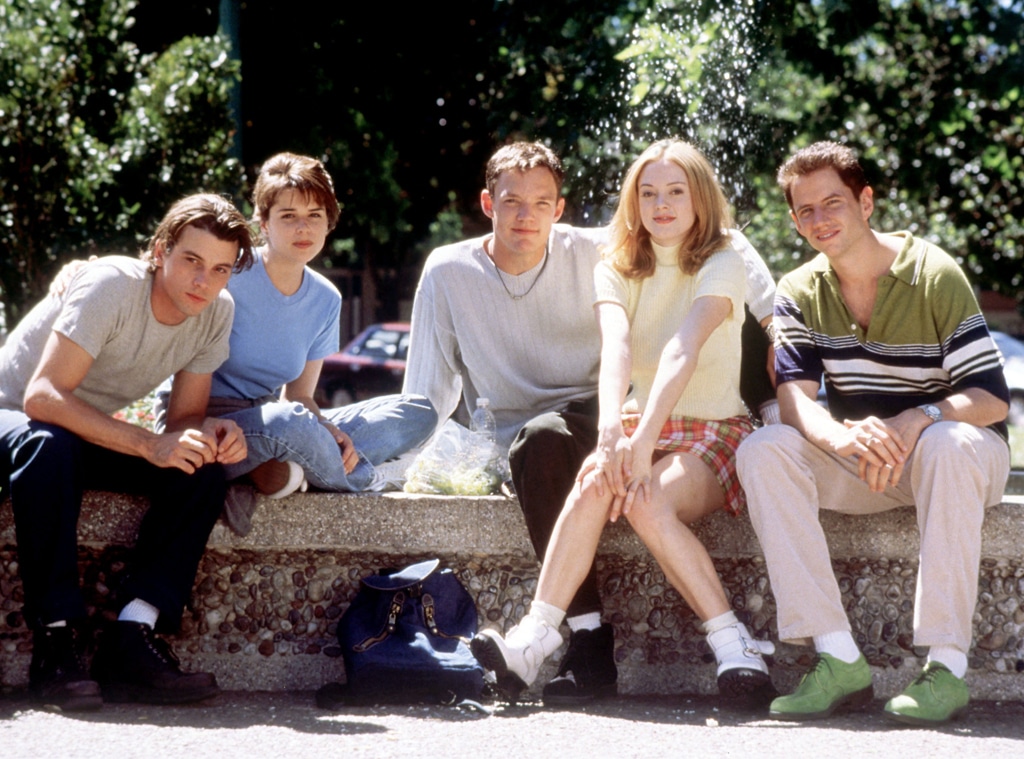
So how does a franchise built upon the same simple idea survive for so long? How does it regenerate itself for new generations to enjoy? Scream’s longevity has many layers and factors as does its brilliance. Its sharp humour and horror commentary, its beloved characters as well as the fact it doesn’t take itself too seriously at times are only a drop in the blood pool of why Scream just feels so damn good to be a fan of. But, two important things stand out to me that truly set it apart from your standard slasher – its villain and the meta blood that permeates each movie. Join me in dissecting what makes our ghostly friend so fitting, undying and commendable as well as exploring why Scream’s self-awareness has become its most significant and lasting feature.
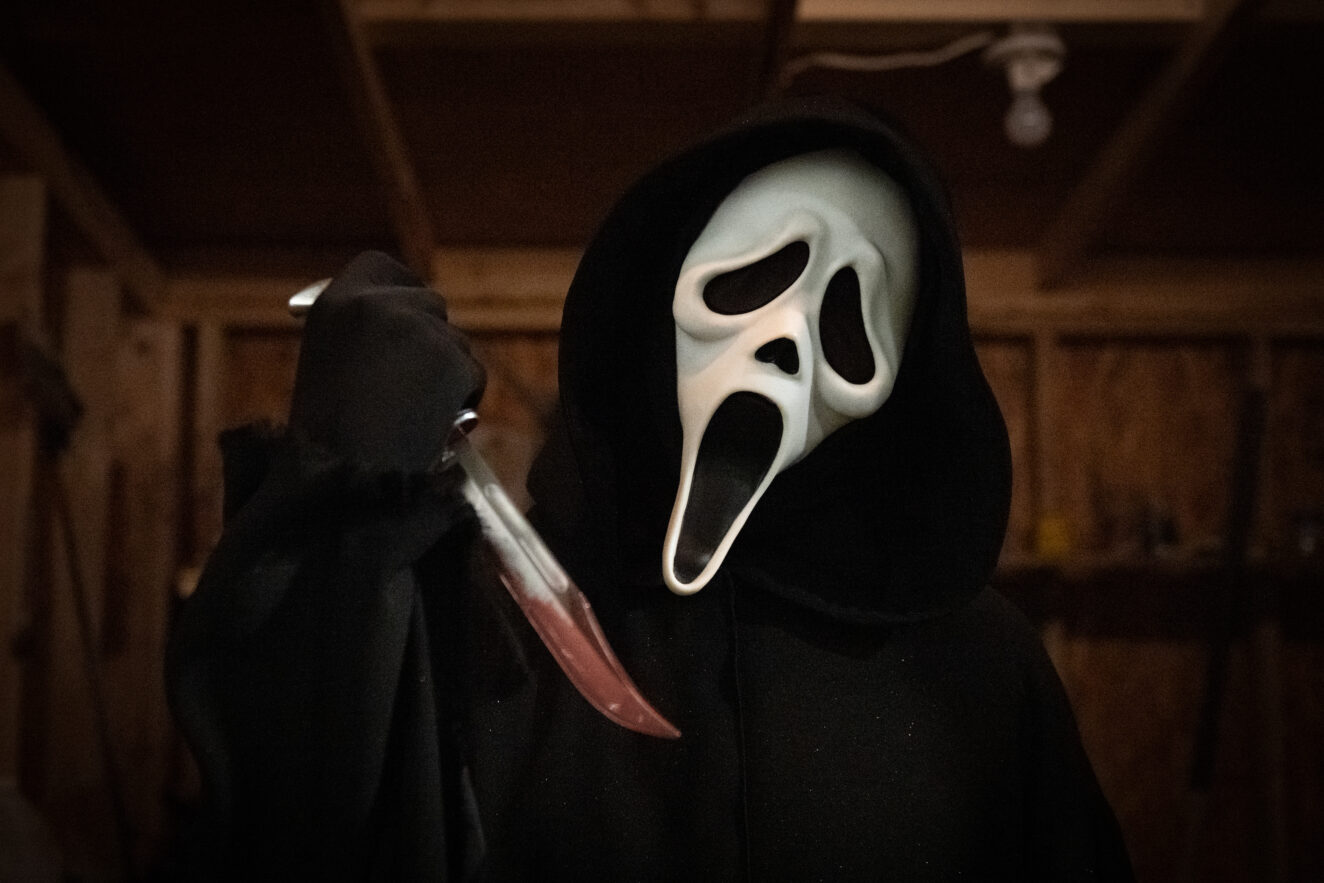
‘His face covered with a ghostly white mask, inches from her… his eyes piercing through… soulless.’ – from Kevin Williamson‘s original script.
The ‘figure‘, the ‘ghost‘, the ‘ghost masked figure‘, we all start somewhere. These and other names were all used in Williamson’s original scripts as the name of the killer. Nowadays we just call him Ghostface thanks to Fun World licensing director R.J. Torbert. The name strikes fear, yet is still playful and reflective of Scream’s unique and dark humour. The mask developed from the basic ‘ghost‘ description in the script and went through various designs before striking gold. How the exact design came about has enough story to fill a two-part documentary, but everyone involved can be thankful that the stars aligned and the right people were put on the job. But, little did anyone know that this icon would grow to be… something different.
When it comes to whodunit slasher movie villains Ghostface perhaps epitomises perfection. A jet-black, tattered robe and ghoulish white face stretched into a harrowing scream, expressing both fear and pain, and a Buck knife ready to strike in a gloved hand. Three features that can stir up truly satisfying scares, portraying utter menace and showing the face of the unknown, an aspect that is truly synonymous with Ghostface.
With its plain, contrasting colours it’s the nearest thing to a blank canvas as you could get, yet still has one of the most distinctive looks in cinema history. Not only is Ghostface iconic for us as viewers but it has become something many actors have desired to be, gaining a batman-like legendary status in the real world, even amongst the actors who embody him. Just ask Jack Quaid and Jack Champion.
The subject of who exactly is the face of the franchise has caused many riots over the years. Is it Sidney or Ghostface? Well, simply put, Sidney was the perfect final girl to fight the perfect icon. Ghostface is so representative of the franchise that its image has boldly remained the same over the years, instead of taking an anthology-like approach by bringing in a new costume each movie. You only need to see a flash of that white mask to know what you’re watching.
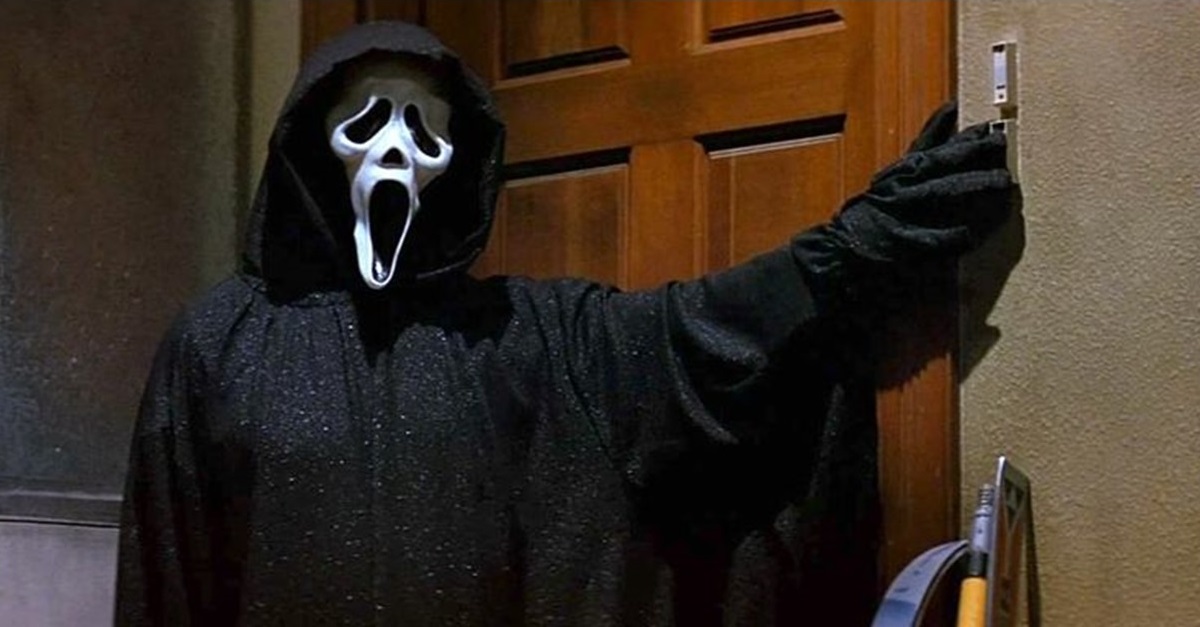
It goes to show how iconic and unbreakable the look is – a sinister, swift shape in black, white and crimson, whose image has barely been altered, only improved upon, such as the mold of the mask, over Scream’s 26+ years in cinema. Amber and Richie’s teched-up Ghostface added modification to the costume for a new generation and Scream 6 used the history of its masks to full, menacing effect, paying respect in its own twisted way to the legacy of Ghostface and each killer who has represented him, as well as using Billy’s aged, decaying mask as the leading face of fear.
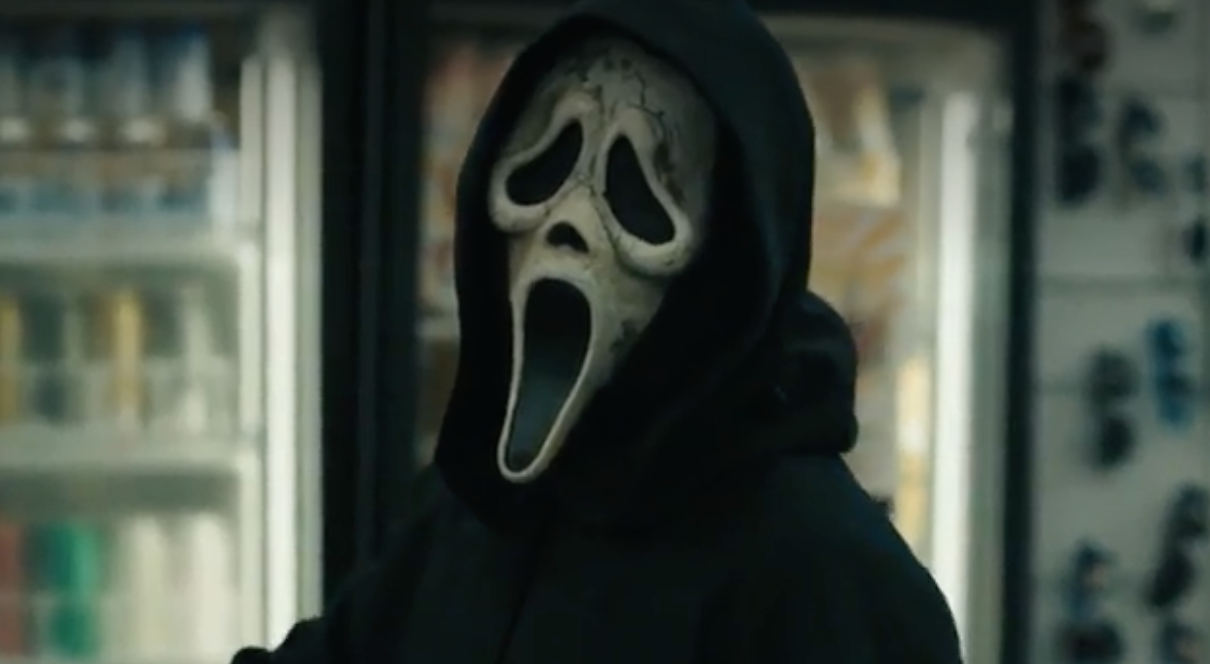
Scream has shown that it can do things to the costume to add a touch of uniqueness, to differentiate between movies, but really, its perfect aesthetic and celebrated character is enough for its lasting effect. It’s a case of going for what truly works to instigate terror and making the character as loved and feared as possible so that when he appears on screen it’s believable, not only through the wanted effects of horror but so we as viewers can understand why there is such high regard for this living ghoul. As many Scream fans who have donned the Ghostface costume, including myself, know… it’s a power trip for sure.

It’s important to note that Ghostface should always be viewed as a separate character… an empty, emotionless vessel in which our killer or killers act out their vengeance or thrill kills, using the mask for not only anonymity but as a symbol of justice through death or even sickening homage. The person becomes the killer, adapting to Ghostface’s form and not the other way and requires a certain amount of ‘suspension of belief’ from fans.
Height, shape, gender has no meaning once the robes consume them and they disappear into death’s shroud and is why any Amber debaters will usually end up with fruitless arguments. We aren’t supposed to worry about who exactly delivered the final stab as not even the writers worry too much, although it’s fun to theorise, at times. This is why Ghostface will always be more scary to me than your Jason’s or Freddy’s as Scream is reflective of the reality of the unknown and horror of a volatile society as well as the unstable side of fandoms.

It’s this unknowing that adds to the darkness of Ghostface, bringing each iteration a true aura of mystery. The idea of a revered antagonist who anyone, and I mean anyone, can adopt the persona of is not only fascinating for a horror fan but something truly frightening to think about. It’s personal and in a sense creates a faceless, human monster. The idea that any vengeance-seeker or fanboy, within the movie and even outside it, could view Ghostface as something to embody is a worrying thought, especially with humanity’s fascination with inspiration from violence.
The fact that Scream is grounded in reality and not the supernatural, bar a few hallucinogenic moments that are best left unspoken of, shows how close the horror is to home. The premise of horror, to me, is more palpably unsettling when it’s about us as humans and Scream plays with the idea of the unknowing fear of ‘anyone’, and the closeness of inner circles and friendship groups in particular, with terrifying effect. Which of your friend group could snap?
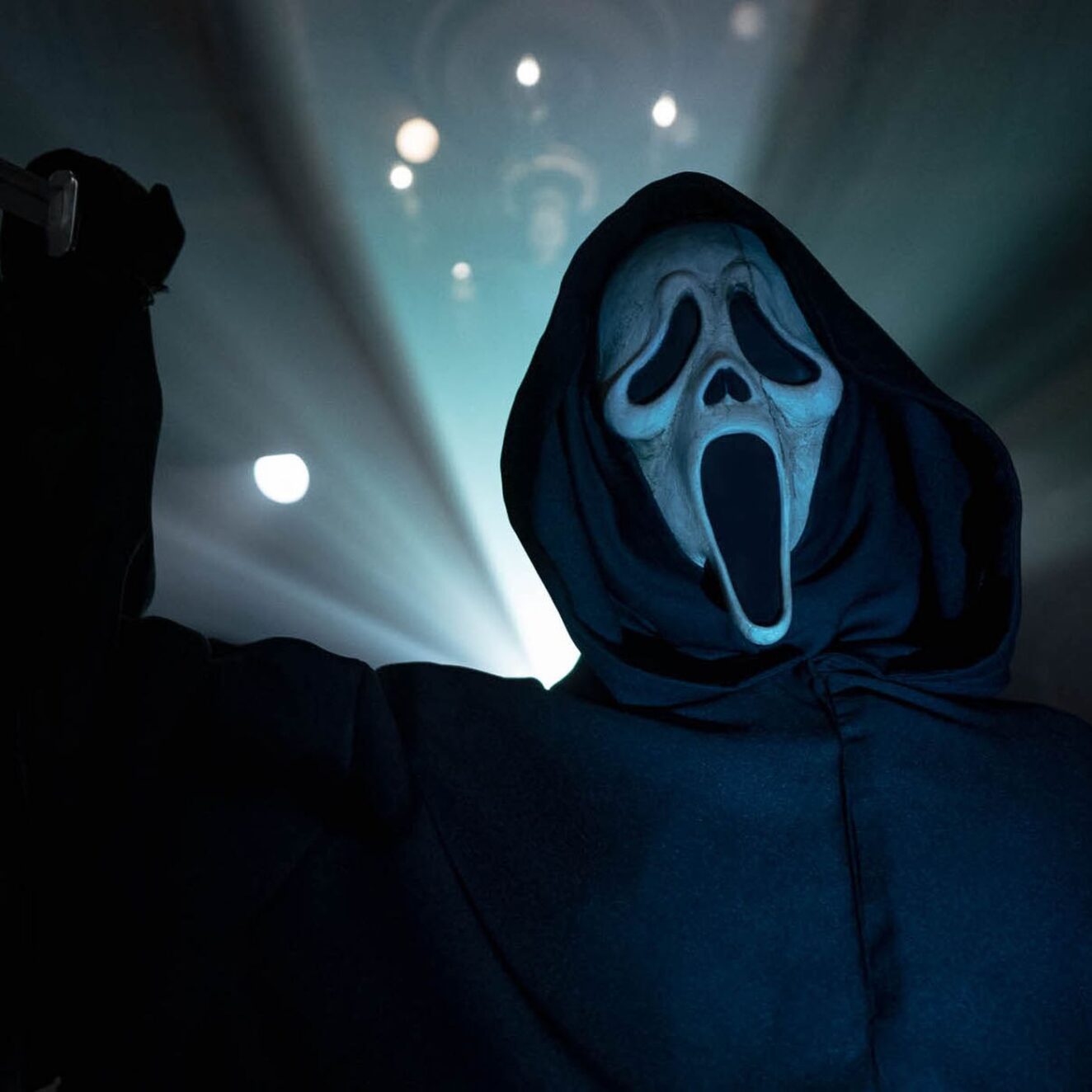
It’s very rare to have a costumed killer who isn’t one specific person beneath the mask that has as much influence and iconic stature as Ghostface has achieved. All this from what is basically a Halloween costume. It’s no wonder why it went on to be America’s most sold seasonal costume in reality. The genius of simply making the killer’s outfit one that is easily accessible to anyone further allows Ghostface to live on throughout time and haunt whoever he pleases. In a way Ghostface belongs to anyone and everyone and is already a sadistic thought in the back of any of the killer’s heads, like a symbiotic skin ready to crawl into and wreak havoc.
The legend of Ghostface is undeniable and in the world of the movies there is further reason to laud him with many intricate filmic motives to expand Scream’s lifeline that we’ll briefly touch upon later as well as Stab and its cult of fans providing a more widespread craze that gives the unknown that extra layer of concern. The chilling fact that anyone can have any reason to pull on the costume truly gives Ghostface his longevity. Ghostface is undoubtedly one of cinemas most clever creations and has the ability to evolve through his iterations more so than any other horror icon can, making him a truly unstoppable concept.
But an aesthetically pleasing, idolised and adaptable villain isn’t the only factor in Scream’s success or ability to outlast generations. The fact that Scream is still around today possibly stems from one very important main detail – its self-awareness. Scream has always been imbued with ‘meta’, the idea that the film itself can be self-aware and transcend the limits of its on-screen boundaries. Meta bleeds through its story and is unleashed in every slash of the blade, setting it apart from conventional slashers.
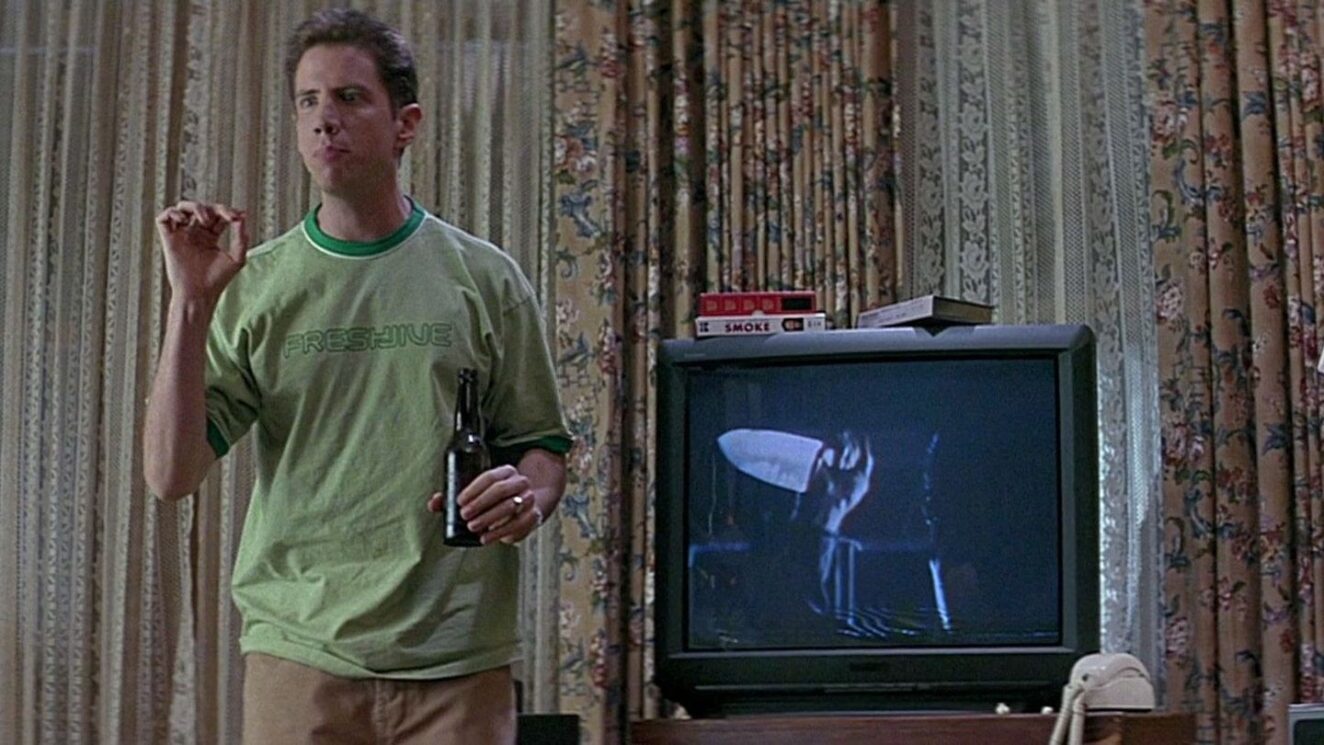
Kevin Williamson’s original introduced this element alongside the more obvious whodunit aspect and perhaps cemented the franchise’s future without him even realising. Scream could have been a straightforward slasher with no inclusion of its now famous meta elements and could have easily faded in the wrong hands as just another horror movie, albeit a damn good one. But, it’s a motif that has become the lifeblood of the franchise and the continuation and respect of Williamson’s outside the box genius is partly responsible for Scream’s longevity and, more specifically, its ability to redevelop itself through the changing of time. A movie that knows it’s a movie is a devious playground for creative stories and a world that can further bloom with each installment.
Scream 2 added another nuanced layer of meta-ness to Scream’s lasting success story by introducing Stab, the movie within a movie, which allowed the franchise to open doors and dive further into those meta aspects, truly confirming its endurance, as well as making Mickey’s crazed motive to literally blame the movies, making us as viewers aware that a slasher movie didn’t have to stay in the confines of vengeance. Both genius moves, especially with the motive being an incredibly brave commentary on its own genre and potentially fuelling risk for future movies to be considered too dangerous to produce if any viewer became ‘inspired’.

Scream 3 continued to inject Stab into the franchise by immersing us in self-referential nods and Scream 4 planted the seeds of fandoms turning psycho with Charlie’s lovesick Stab fanatic playing lackey to Jill’s fame-hungry mastermind, further accentuating Scream’s ability to look outwards to its own real genre to inspire the fiction within. This self-aware universe has shaped Scream’s future to one that is significantly more free than most slasher movies could ever dream to be.
Scream (2022) reignited the franchise after a ten year hiatus and even parodied its own rebooting as well as daring to poke fun at toxic fanbases and even its own, something that any Scream fan is all too familiar with. The killers may get their criticism but the motive was actually a very smart and inventive way of reintroducing the world and further showed the opportunities that this meta universe offers the franchise. Like Scream 6‘s subway route of killer and character connections, Scream’s breadth of possibilities can be viewed in a similar way, like a brainstorm with ideas interconnecting to infinite options. Scream already has a history of almost lampooning itself in clever ways and therefore more layers and branches are added, unravelling an extended world of creative directions, of which Scream has proven to be a goldmine.
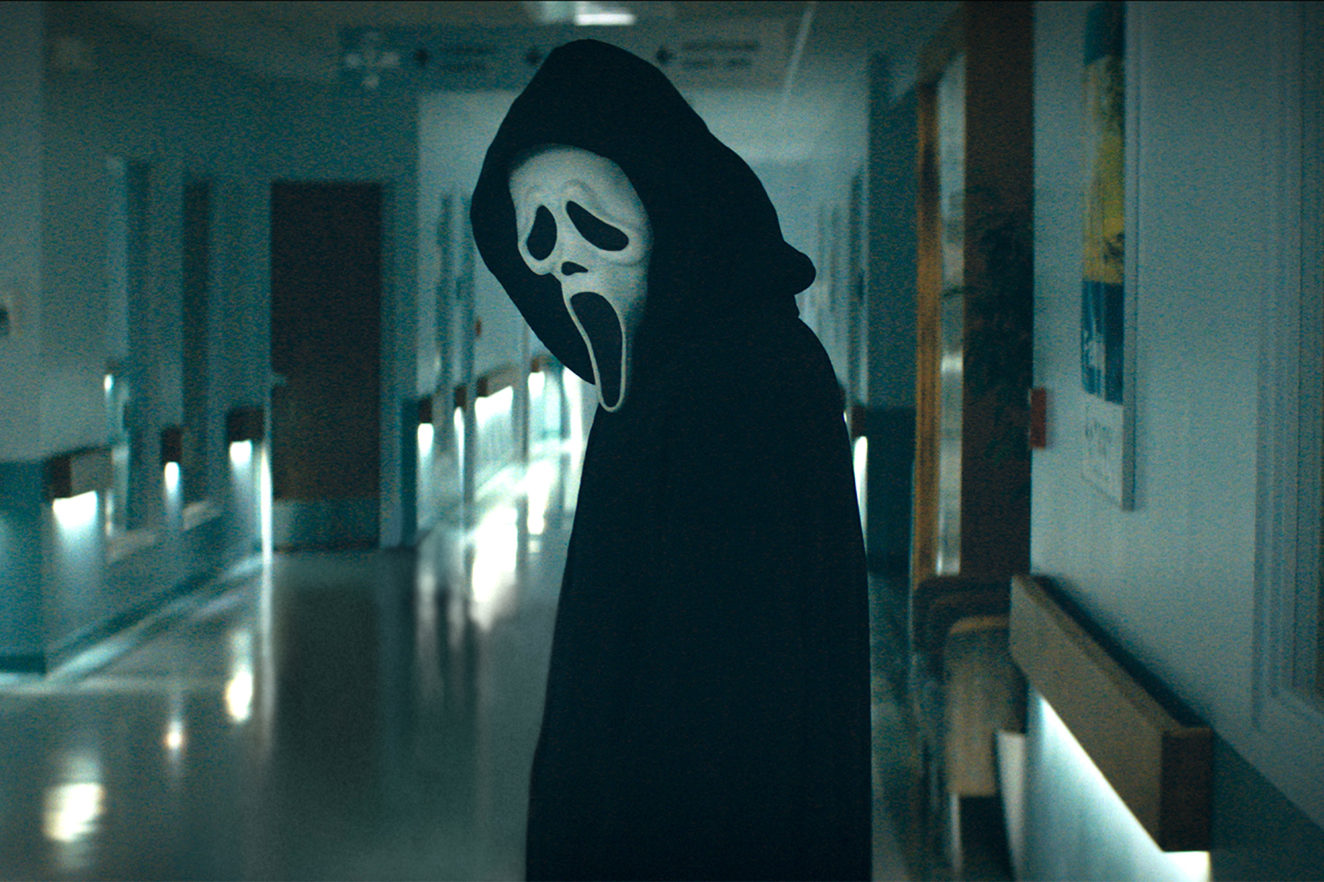
Scream has the unique gift of being able to use standard slasher tropes to fuel its stories and motives, working perfectly fine as a good old fashioned vengeance movie, but having the option to draw influence from brilliant filmic ideas. This allows Scream to not only look to its own fictional Stab franchise and any amount of story that may be inspired by this, but to look outside of its contained world into reality. Scream can twist perception to become beyond self-aware, using not only horror but movie cliches and tropes in general as inspiration. Sequels, trilogies, reboots, requels, hell, even a prequel is still a crazy possibility. As the world of movies evolve, so does Scream with it, adapting just like a killer adapts to the Ghostface costume, and that is why as long as there are movies and a spark of ingenuity there will be life in the Scream franchise.
The eclectic world of Scream has also been bolstered by the very fandom created from it. It’s a unique situation many franchises lack that offers fans a more personal connection to the movies, elevating it into something more meaningful than just a simple series of slashers. Radio Silence, Guy Busick and James Vanderbilt have understood the importance of fan connection perhaps more than any and regardless of if they’re involved in Scream’s future have still planted many seeds in honour of the fanbase that will surely be nurtured. A Ghostface unmasked and killed in the opening scene, two Ghostface’s on screen at once and of course the synchronised double blade wipe, all these started as simple wants or needs from its passionate fanbase and have made their way into the final cut with an excited response. The fans themselves deserve acknowledgement for the staying power of the movies and with each one released more ‘what ifs’ are conjured up, providing the franchise with even more creative power and making Scream forever thrilling and surprising.
Scream’s inventiveness seemingly knows no bounds and as Scream 6 proved, a future of freshly gory and even unconventional possibilities could be on the cards. Not bad for the simple concept of a costumed killer eliminating teens. Even with the correct formula, it still amazes me how Scream constantly reinvents itself and still feels so exciting over 26 years on from the original, and that’s partly due to the genius of Ghostface’s adaptability and the vast, meta galaxy that’s been built around him. Some may look at Scream and wrongly think that it’s just a repetition of the same formula, but it’s far more intricate and balanced with reality than they realise. Scream is a perfect synthesis of killer, film and fandom, feeding itself in a continuous cycle. Whatever version of Scream we will see, its wide-range of motive and story combinations will see its creativeness endure for a long while.
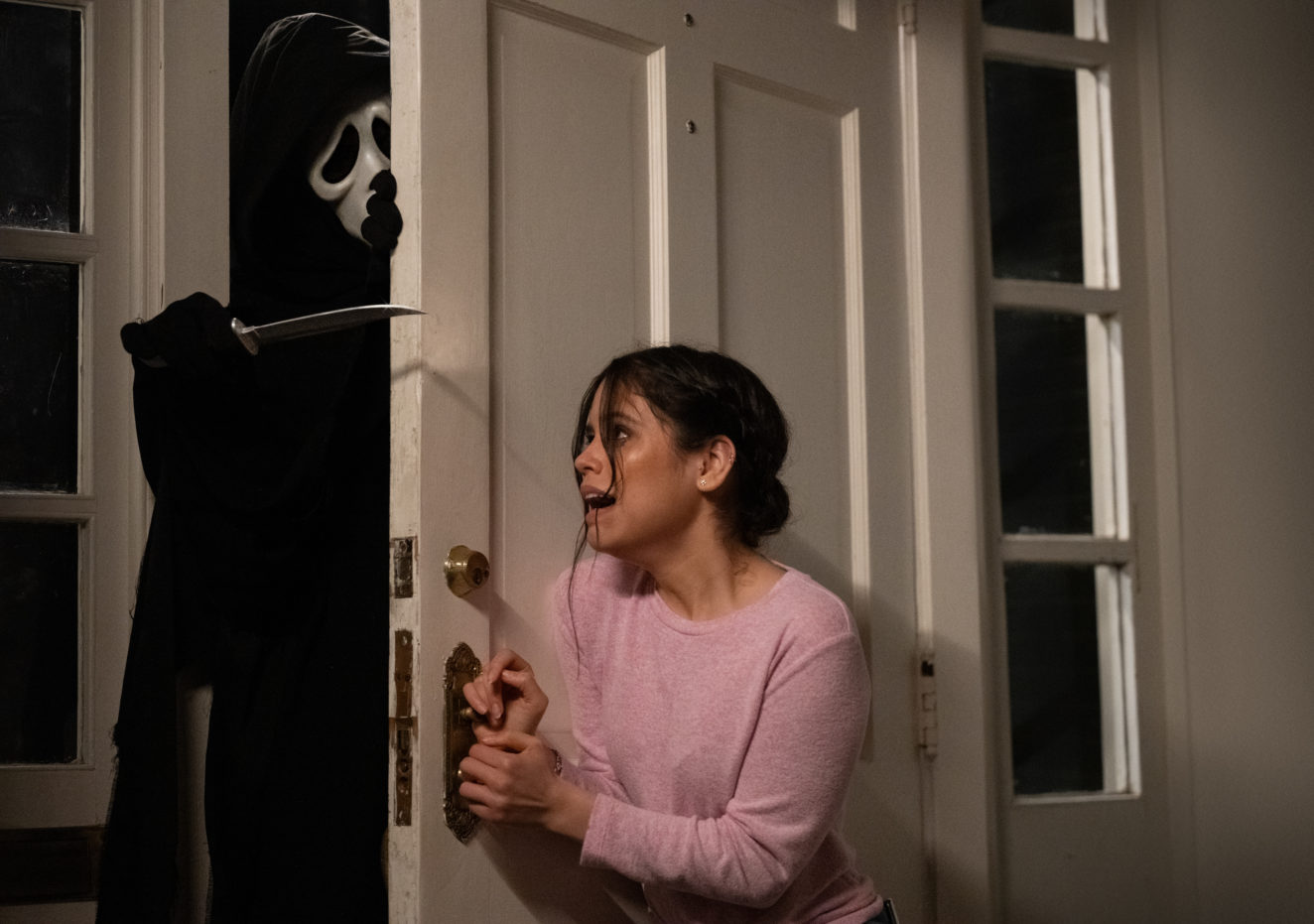
Longevity of course not only relies on the subjects already discussed but where story can go as well as what you can do with the characters. Scream 6 broke down the barriers a little more and showed how far the franchise could go, expanding further on Sam’s psychological battle and giving the atmosphere a disturbing, no-holds barred feel. Ghostface’s maniacal Voorhees-esque rampage through New York added a burst of aggression as if suggesting a rejuvenation or new direction. It certainly gave me the feeling that this isn’t some tired franchise hoping to curl up and die and each time Ghostface appears on screen it still gave me the appropriate chills, perhaps more so than other movies have. There was urgency in our Ghostface as well as in the sharp direction and all-out approach from Radio Silence, giving fans a sense of ‘please don’t stop there, give us more’.
RS, Buswick and Vanderbilt have certainly given the fans a new hope and the proof that this franchise doesn’t need ten year gaps in between movies to be amazing or inventive. After Scream 6’s successful reception it felt as if nothing could stop this two year thrill-ride, but things have slowed down a little as we await on a definite Scream 7 start date. The excitement within the fanbase though is still buzzing more than ever with many of us curious as to where the direction of these movies could head to, especially coming off the back of Scream’s most daring entry. Horror fans are even speculating if any of the new generation’s key players will return or will Scream 7 feature yet another new story and cast, as it could easily manage to pull off.
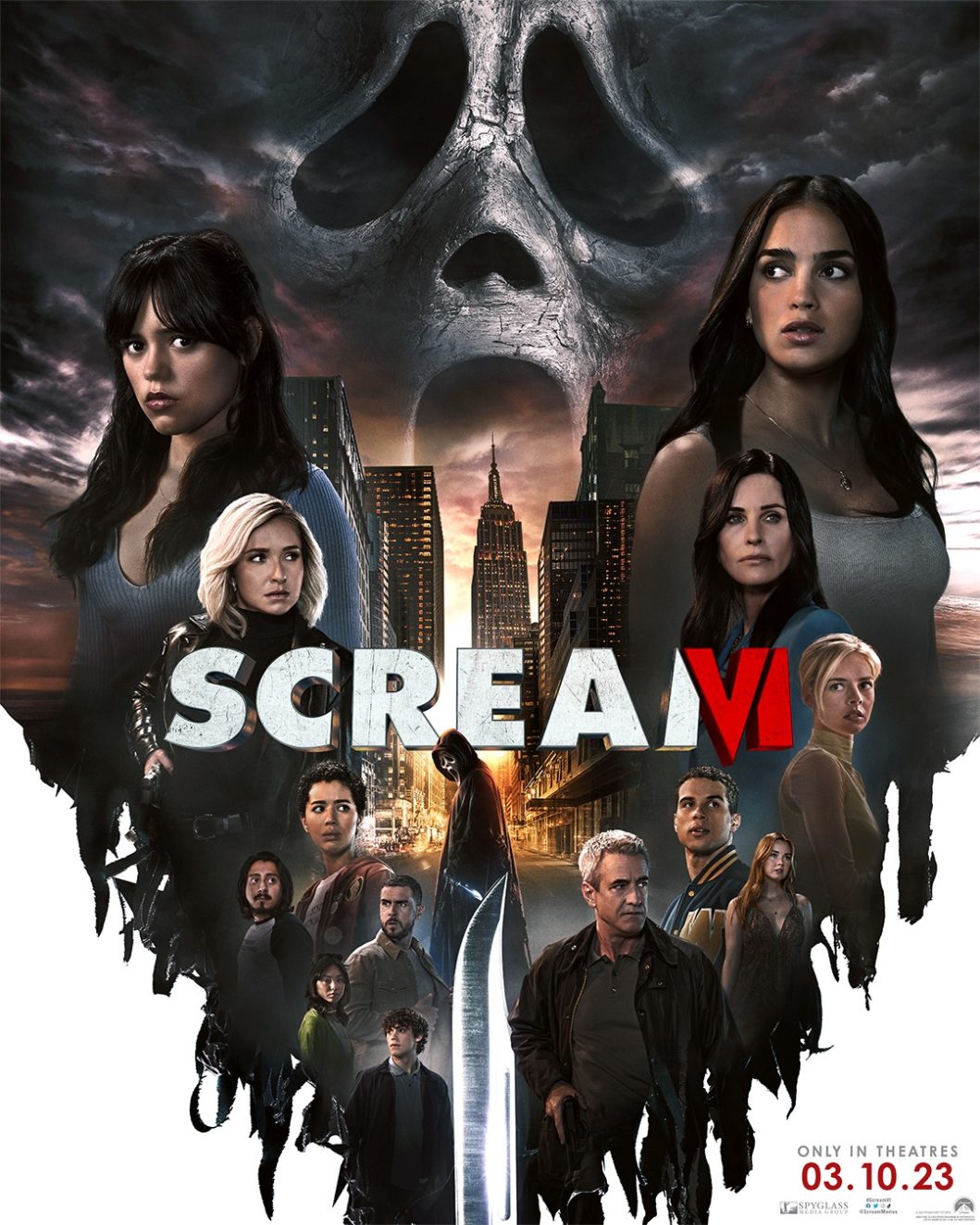
Early interviews after Scream 6’s release hinted at an injection of ‘new blood’ and rumours suggested production was looking to begin around October, so with Radio Silence and Scream’s main stars busy on other productions on top of various strikes, for the time being it’s looking like we are at the very least in for a gruelling wait. Maybe Scream 7 just needs a little extra time to cook up.
But, where next? Will Radio Silence return to make a concluding chapter in their trilogy (echoes for dramatic effect) or does the story move on from Sam? You could view Sam’s dropping of Billy’s mask at the end of Scream 6 as a complete conquering of darkness and a conclusion to her story or as something that could be picked up and easily continued. I myself feel there is more to tell but am open to more stories if that’s the case. Of course the endless call for Neve Campbell to return as Sidney Prescott is still a large possibility, a never say never situation. The franchise though may need to continue to push itself further into fresher blood to keep up its run of survival. Whilst I don’t want to see a ‘Ghostface Takes Paris’ or *gulp* ‘Stu’s Revenge’, and Scream is far from scraping the bottom of the barrel, I do believe Scream still has the freedom to do things that are more in the realm of the offbeat and still gain its praise. More stories expanding on multiple killers for example or heading further down the Inception-like hole of movies within movies are only a small handful of options.
If it’s new directors, new writers or a new cast, Scream will still be just fine as long as there’s something new to bring to the table and with the adaptability of its villain and meta themes that shouldn’t be too hard to do. Whilst some may groan at the idea of future movies and wonder why fans demand even more, I genuinely believe that if there were a Scream 9 for example it still has the ability to be the best of all the movies, it’s that kind of franchise. It has enough of a successful past as well as filmic freedom to be just that, it’s just about finding the right combination of everything Scream has learnt and accumulated over these 26 bloody years and unleashing it in the form of something fresh and creative using the brilliant template it’s already lucky to have. Its legacy has been well-earned and can easily adapt and survive beyond this generation into the next. There’s copious amounts of blood left, not only to spill, but to pump through this iconic franchise. There’s plenty more story to be told, no matter whose hands it’s in.
